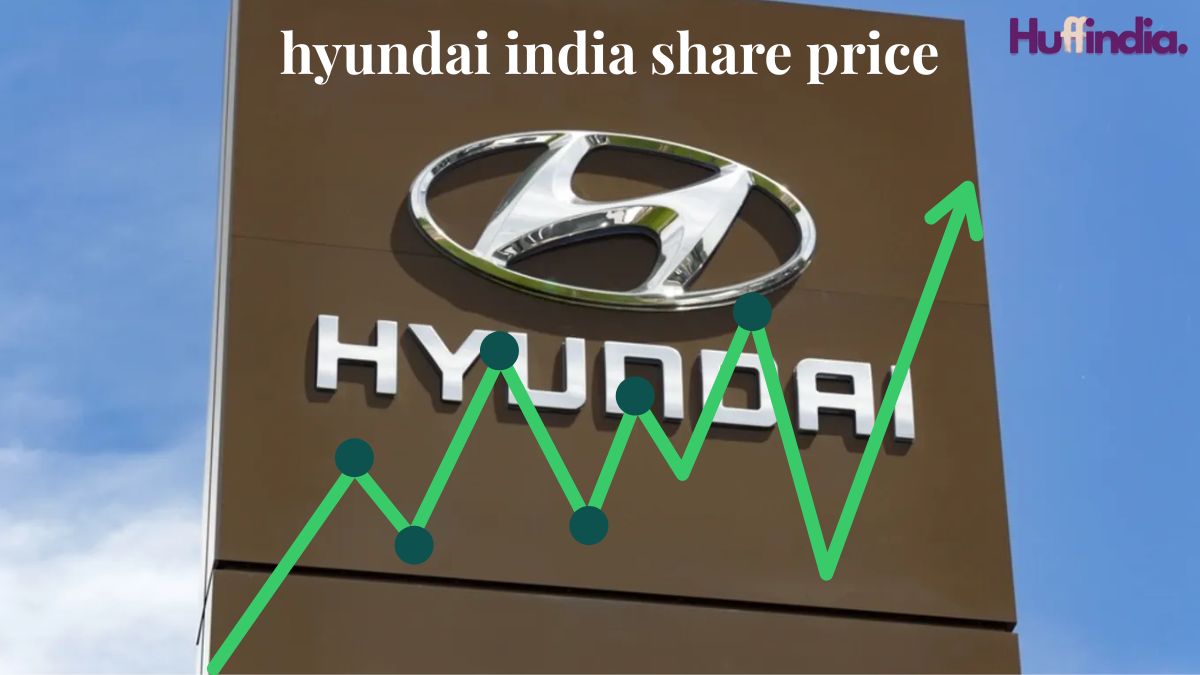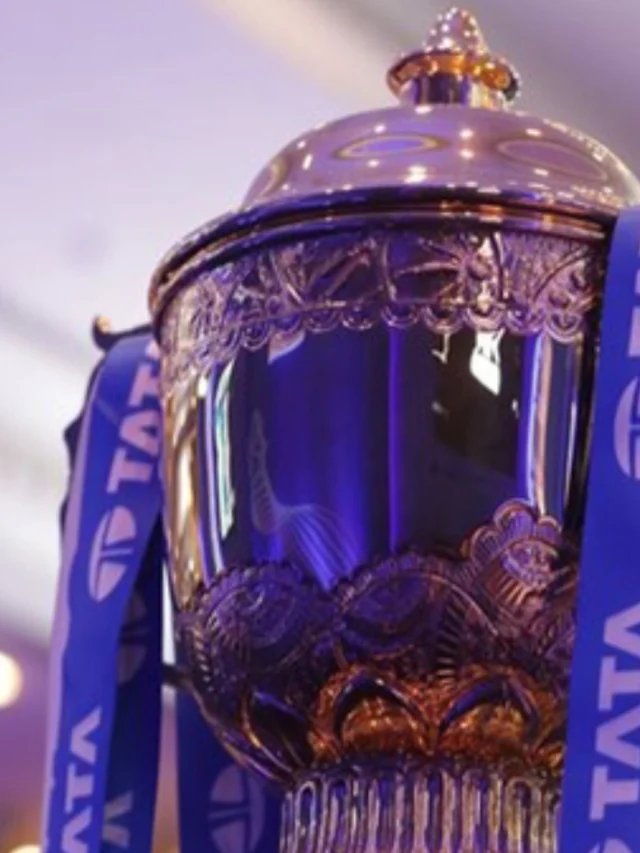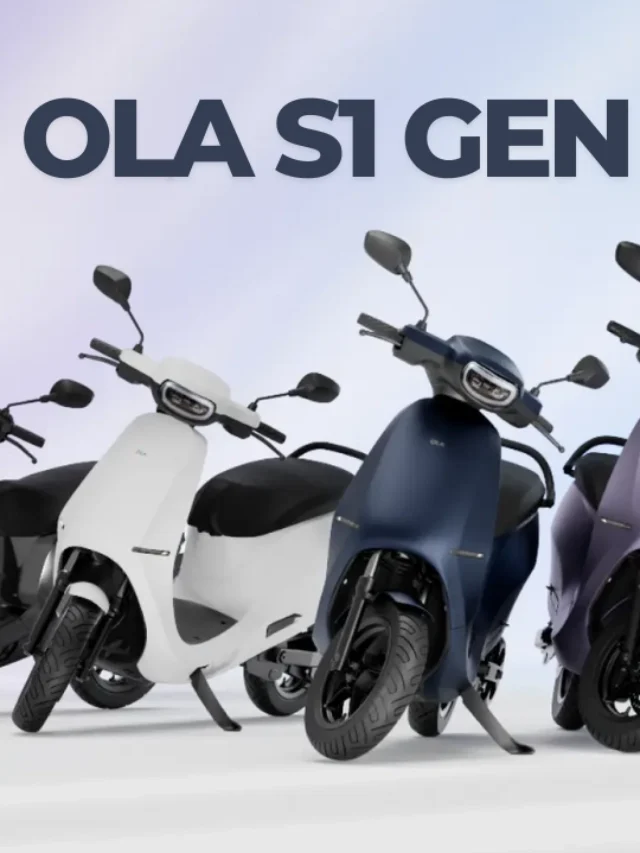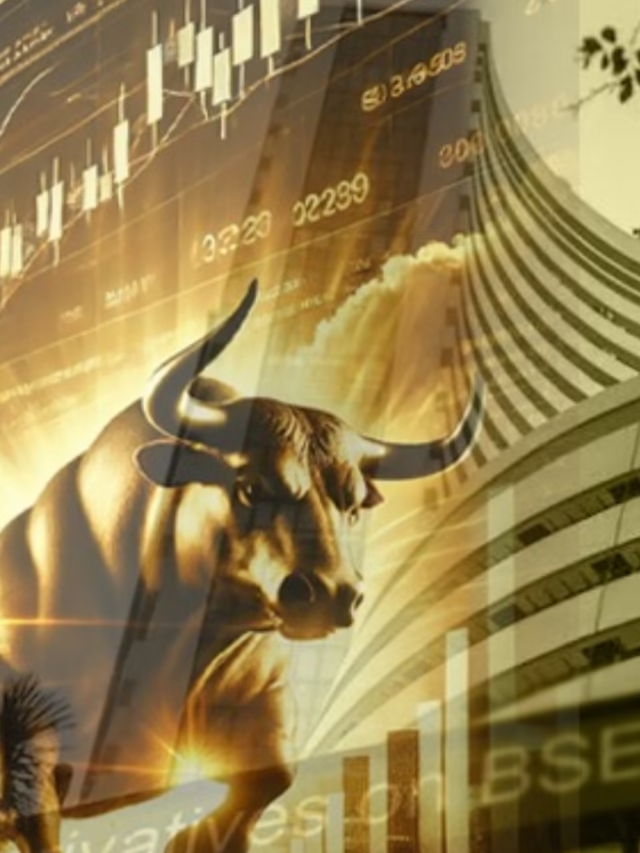Mumbai, September 24: Hyundai Motor India Limited (HMIL) shares are commanding investor attention as the stock surged to an all-time high of ₹2,890 on September 22, marking an exceptional 90% rally from its 52-week low of ₹1,541.70 hit on April 7, 2025.
The automaker’s stock closed at ₹2,755.70 on September 24, trading 47% above its IPO issue price of ₹1,960 per share. The company debuted on the stock exchanges on October 22, 2024, through India’s largest-ever IPO worth ₹27,870 crores.
Festive Season Momentum Fuels Growth
The stock’s remarkable performance coincides with strong festive demand, with Hyundai recording around 11,000 dealer billings on the first day of Navratri, its highest single-day tally in five years. “The momentum is strong, and we expect it to sustain through the festive season,” said Tarun Garg, whole-time director and COO of Hyundai Motor India.
Market analysts attribute the surge to multiple factors including GST 2.0 reforms, premiumization trends in the Indian automotive sector, and the company’s robust SUV portfolio led by models like Creta and Venue.
Bullish Analyst Outlook
Leading brokerages remain optimistic about HMIL’s prospects. NDA Securities has issued a ‘Buy’ rating with a target price of ₹3,018, citing the company’s unique position as India’s second-largest passenger vehicle manufacturer with strong export leverage and clear EV roadmap.
Nomura projects India will account for 15% of Hyundai Motor Company’s global target of 5.5 million units by 2030, translating into 8.3 lakh units of domestic sales—a 40% jump from current levels. Including exports, volumes are expected to rise from 7.8 lakh units in 2025 to 1.2 million units by 2030.
Strong Financial Metrics
The company currently trades at a P/E ratio of 40.03 with a market capitalization of ₹2,20,962 crores. Despite premium valuations, analysts justify the pricing based on consistent financial performance, diversified portfolio, and long-term growth catalysts in India’s evolving mobility landscape.
With structural tailwinds in urbanization, premiumization, and electrification, HMIL appears well-positioned to capitalize on India’s automotive transformation story.


























